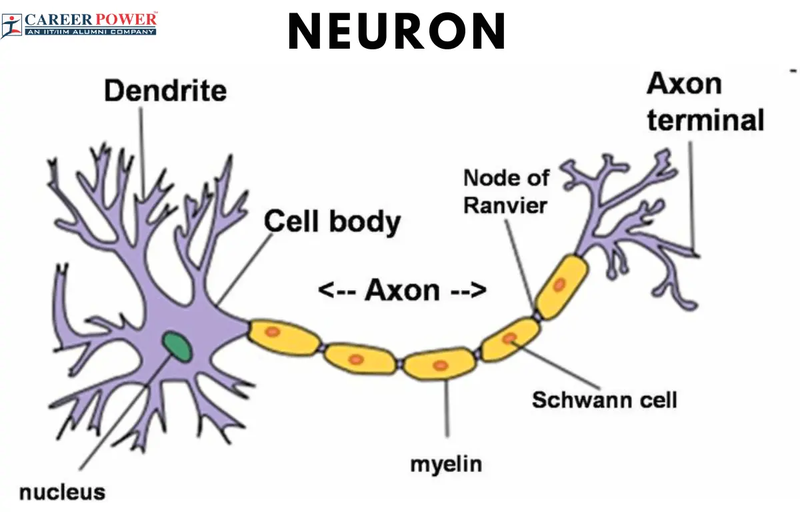Brain Activity and Human Behavior
- Brain activity is the foundation of all human behavior and individuality.
- The brain controls mental processes and external behavior.
- Human brain capacities allow us to perceive, interpret our surroundings and learn new things.
- Brain activity is also responsible for emotions and motives.
- For example falling in love changes the activity of neurotransmitters and releases hormones.
- Whereas being drunk disturbs normal brain activity, paralyzing and slowing human behavior.
Neurons
- Neurons form neural circuits that drive behavior.
- Neurons and glia cells, which support and protect neurons are the most important cells in the brain.
- There are approximately 100 billion neurons in your brain!
- One neuron can be connected to thousands of other neurons, forming numerous neural connections.
- Series of interconnected neurons are called a neural circuits and they are responsible for certain tasks.
- The growth, organization and strengthening of neural connections are crucial for mental processes like learning.
- Normal brain activity means that at any given moment, neural circuits are activated by the constant travel of electrical and chemical signals.
- The electrical signal is sent through the axon terminal in a synapse which connects to another neuron.
- Axons release neurotransmitters, which are one of the two types of chemical matter in the body, alongside hormones in blood circulation.
- Neurotransmitter molecules travel over a small gap between two neurons (called a synaptic cleft) and arrive ad the dendrites of another neuron, where the signal is sent to the cell body to be processed.
- Neurotransmitters can excite or inhibit other neurons in a neural circuit.
- Brain activity is the continuous electrical and chemical activity of neural circuits.

The Organization of the Brain
- The brain can be separated into different regions with different functions.
- The cortex, or cerebrum, is the outermost layer of the brain and is a few millimeters thick. The cortex is folded and it involves four sections: the frontal lobe, the parietal lobe, the temporal lobe and the occipital lobe.
- The lobes have specialized functions.
- The frontal lobe is responsible for thinking, memory, behavior and movement.
- The parietal lobe is responsible for touch sensations.
- The temporal lobe is responsible for hearing, learning and speaking.
- The occipital lobe is responsible for visual sensations.
Lateralization
- The brain is made of two sides or hemispheres which are specialized in certain mental processes.
- The division of work between these two sides is called lateralization.
- The right hemisphere controls your limbs on the left side and your left hemisphere controls the limbs on the right side.
- Diverging commands on the same hemisphere disturb each other.
- With practice you can rewire your brain to function differently.
- Although there are several different sections in the brain, it still works holistically.
- Neural circuits extend from one brain region to the others, allowing the brain to work as a whole.
- These are called association areas, and they make up a large part of the cortex.
- Association areas aren't specialized in one function but gather and connect information.
Human Behavior and the Brain
- The human brain develops throughout life and is affected by our experiences.
- Environmental stimuli and individual behavior lead to the development and reorganization.
- The ability of the brain to develop is called neuroplasticity.
- Neuroplasticity is at its highest during childhood and adolescence, but slows down as we reach adulthood.
- Neuroplasticity is what allows people to recover after brain injury.
- The development of the brain begins before birth, at which stage genes are responsible for brain development.
- The development is very rapid during the first years of life.
- Pruning is the process of eliminating unnecessary nerve cells and neural connections, which allows for the growth and strengthening of useful neurons.
- Pruning is vital in these first years of life.
- The second biggest changes occur during adolescence and early adulthood.
- It is an excellent time to learn due to the quick development of new neural connections.
- Neural connections established during this time can persist until adulthood and old age.
- Adolescence is a delicate period as the developing brain (especially the reward system) are susceptible to the development of addictions and seeking emotional experiences.
- They can cause heightened vulnerability to addictions in adulthood and a longing for intense experiences.
Image Sources
https://www.careerpower.in/school/biology/neuron
